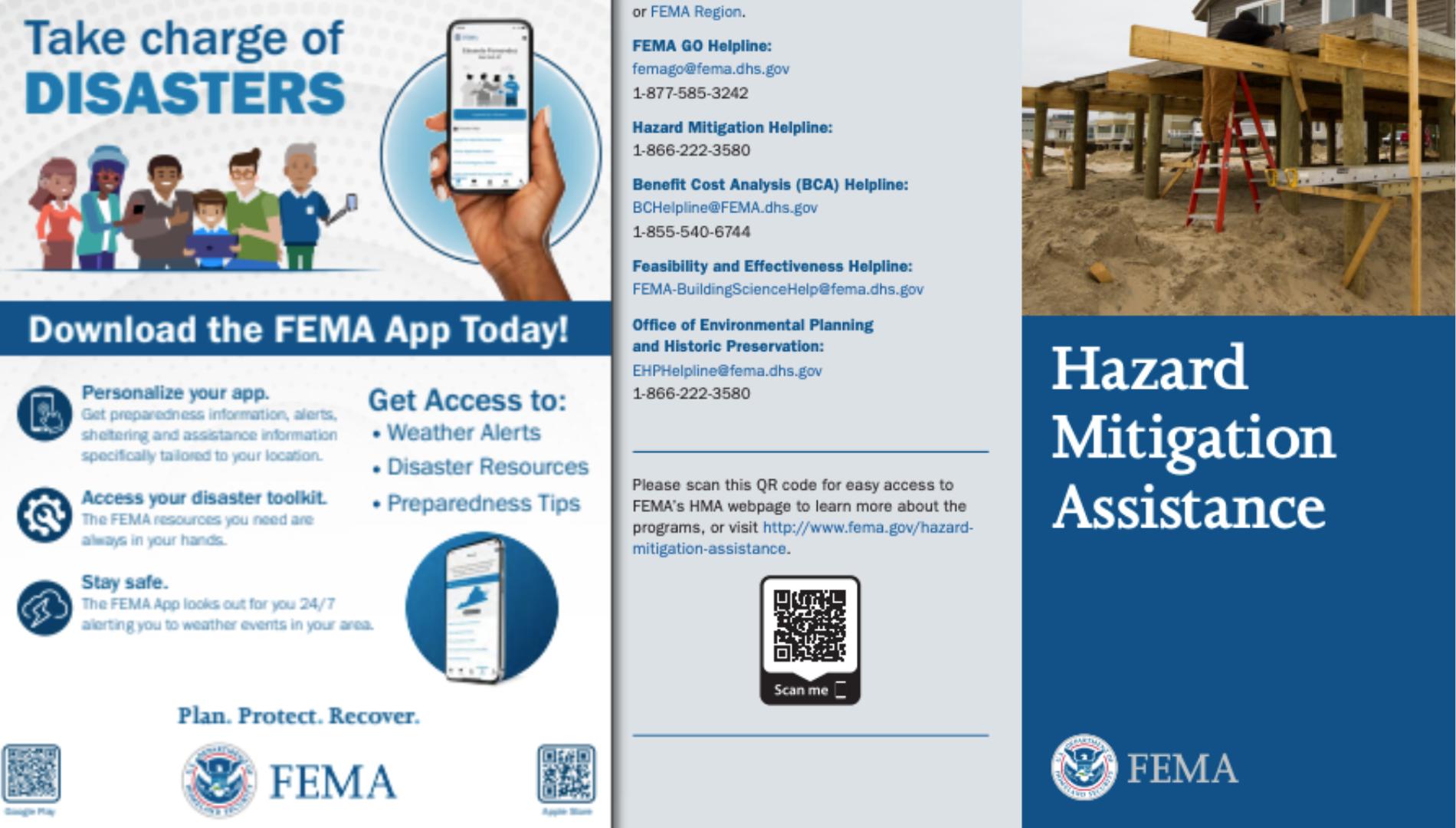A new study from Juniper Research has predicted that the global spend using QR code payments will reach over $3 trillion by 2025; rising from $2.4 trillion in 2022. This growth of 25% will be driven by the increasing focus on improving the level of financial inclusion in developing regions and providing alternatives to established payment methods in developed regions.
Enter QR codes, those small, square matrices that have quietly revolutionized the way we access information. "Bridging the Digital Divide: How QR Codes Make Information More Accessible" explores the pivotal role these codes play in making information readily available to everyone, regardless of their tech-savviness or access to digital devices. From providing essential services to enriching educational resources, QR codes offer a simple yet powerful solution to bridge the gap. As we delve into the transformative impact of QR codes, we uncover not just the technology behind them but also the stories of connectivity and inclusion they foster, bringing the digital world within reach of all.
Understanding the Digital Divide
The digital divide refers to the growing gap between individuals who have access to modern information and communication technology and those who do not. This gap involves more than just physical access to computers or the internet; it also encompasses the ability to use technology effectively, influenced by factors such as:
- Literacy levels
- Age differences
- Income disparities
- Geographic location
This divide impacts various demographics in distinct ways. Rural communities, for instance, often grapple with limited internet connectivity, while economically disadvantaged individuals may struggle to afford digital devices. Similarly, older adults might find themselves behind due to a lack of digital literacy.
Efforts to narrow this gap have seen various initiatives being rolled out, such as:
- Expanding broadband infrastructure to underserved areas
- Providing subsidized devices to those in financial need
- Offering digital literacy programs to enhance tech skills
Despite these efforts, challenges such as securing adequate funding, overcoming logistical obstacles, and keeping pace with rapid technological advancements continue to make bridging the digital divide an ongoing struggle.
The Rise of QR Codes
QR codes were initially developed in 1994 for tracking automotive parts. Since then, they have evolved into powerful tools for accessing information with just a scan. These two-dimensional barcodes can store data that leads to various digital resources when scanned by a smartphone camera. Key points about QR codes include:
- Functionality: They redirect users to websites, text, or other digital resources.
- Simplicity and Versatility: These attributes have contributed to the global adoption of QR codes.
- Applications: Their use has expanded into marketing, education, healthcare, and public services.
The ability of QR codes to bridge the physical and digital worlds has made them invaluable in the modern digital landscape, highlighting their significance beyond their original purpose.
QR Codes as Tools for Accessibility
QR codes have significantly improved accessibility to information across various sectors:
- Education: QR codes transform educational materials by linking textbooks and classroom resources to supplementary online content. They have become a cornerstone in remote learning environments, enabling seamless access to educational resources.
- Healthcare: In the healthcare sector, QR codes streamline patient care by providing quick access to medical records, simplifying appointment scheduling, and offering direct links to essential health resources.
- Public Services: QR codes enhance public accessibility by providing straightforward access to government documents, transportation schedules, and voting information. This is especially beneficial for individuals with limited internet access or digital skills, helping bridge the information gap.
The simplicity and efficiency of QR codes have established them as vital tools in making information more user-friendly and accessible, showcasing their versatility and utility in various aspects of daily life.
Bridging the Gap with QR Codes
There are numerous success stories where QR codes have helped reduce the digital divide. They support individuals with limited internet access by providing direct links to essential services and information. During crises or in remote areas, QR codes have offered a lifeline by giving immediate access to emergency information and resources.
These case studies highlight the potential of QR codes to significantly impact reducing disparities in digital access.
Contactless Menus in Restaurants During the COVID-19 Pandemic
After the COVID-19 pandemic shut down the hospitality and tourism industries in March 2020, businesses, particularly restaurants, encouraged customers to return, in part, by offering contactless menus.
The McDonald's case study showcases the creative implementation of QR codes for contactless ordering, resulting in reduced wait times and a seamless customer experience. Through the use of QR codes, customers are able to easily access menus, place orders, make payments using their smartphones, and redeem reward points ultimately improving their profits.

Army Esports
The adoption of QR codes by Army MWR for events like this underscores the organization's commitment to leveraging modern technology to enhance the welfare and morale of soldiers and their families. By scanning QR codes, soldiers can easily access event details, register for competitions, and connect with the gaming community, making it simpler for those stationed in various locations worldwide to participate and stay informed.
This integration of eSports and QR code technology by the Army MWR is a prime example of how traditional organizations can adapt to the digital age, appealing to younger demographics and tech-savvy individuals within the military.

Coinbase Less talk, more Bitcoin
Coinbase made a memorable Super Bowl debut with a unique QR code advertisement that captivated viewers. The ad, part of their "Less talk, more Bitcoin" campaign, was so engaging that it led to a temporary overload and subsequent downtime of the Coinbase app after it aired, showcasing the high viewer engagement and the campaign's overwhelming success. Coinbase QR Code Super Bowl Ad
FEMA App
QR codes serve as a pivotal tool for rapid information access and resource mobilization during emergencies. By scanning these codes, users can quickly locate nearby shelters, access emergency checklists, and receive real-time weather alerts. This feature streamlines the process of finding critical information, ensuring that users can respond swiftly in disaster scenarios. The integration of QR codes into the FEMA app exemplifies the innovative use of technology to enhance public safety and disaster preparedness.
Challenges and Considerations
QR codes offer numerous benefits but come with notable challenges, including privacy and security risks highlighted by the FBI's warning against QR code scams. Malicious links can be hidden within QR codes, posing a threat to users. Additionally, there's a risk of widening the digital divide due to varying levels of tech-savviness and smartphone access among different demographics. Addressing these issues requires robust security measures, increased public awareness, and the provision of alternative access methods to prevent exclusion. For more details, visit the FBI's page on building a digital defense against QR code scams .
Future Prospects and Call to Action
As QR code technology continues to evolve, its potential to bridge the digital divide grows. Innovations in QR code functionality could further enhance accessibility and ease of use. Organizations and individuals can leverage QR codes to promote social good by incorporating them into educational materials, healthcare information, and public services. Encouraging readers to consider how QR codes might be utilized in their communities can spur collective action towards greater digital inclusion.
Conclusion
The journey from understanding the digital divide to recognizing the potential of QR codes in addressing this global issue illustrates the power of simple technological solutions. While QR codes alone cannot close the gap entirely, they offer a step towards more inclusive access to information. Engaging with readers, sharing experiences, and discussing the future of QR codes in digital inclusivity can foster a broader understanding and appreciation of how small tools can make big differences.
Sources
- Statista. (n.d.). Number of smartphone users who use a QR code scanner in the United States from 2018 to 2024. Retrieved from https://www.statista.com/statistics/1297768/us-smartphone-users-qr-scanner/
- QR Code Tiger. (2024). QR Code Generator Statistics 2024: Latest Global Report. Retrieved from https://www.qrcode-tiger.com/qr-code-statistics
- Statista. (n.d.). Number of smartphone users who have scanned a QR code in the United States from 2018 to 2024. Retrieved from https://www.statista.com/statistics/1337584/number-of-smartphone-qr-code-scanners-usa/
- Business Insider. (Date unavailable). US QR code user statistics. Retrieved from https://www.businessinsider.com/us-qr-code-user-statistics
- Scanova. (2024, February 13). QR Code Statistics 2024: Latest Numbers on Global Usage. Retrieved from https://scanova.io/blog/qr-code-statistics/

